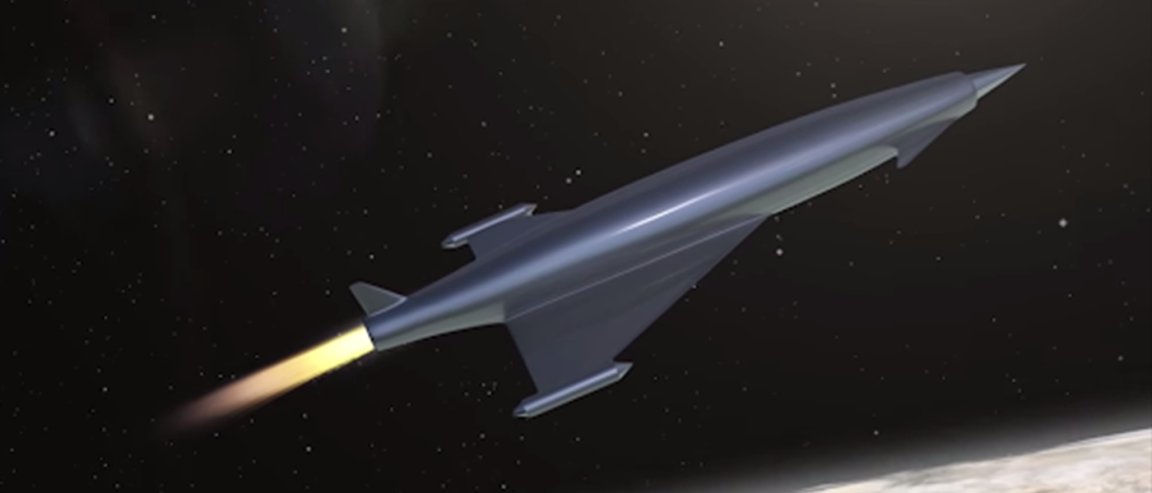
The China Aerospace Science and Technology Corporation (CASTC) wants to re-invent how we travel in space.
Beginning advanced research on a high tech and more efficient successor to the retired Space Shuttle, the CASTC aims to build hybrid combined cycle engines that can takeoff from an airport’s landing strip and fly straight into orbit.

Zhang Yong, a CASTC engineer, claimed that China will master the spaceplane’s technologies in the next three to five years, and a full-scale spaceplane would then enter service by 2030.
The hybrid space plane’s combined cycle engines would use turbofan or turbojet engines to takeoff horizontally from a landing strip. Once airborne, the engine then shifts to ramjet propulsion and, as speed increases, adjusts into a scramjet engine with supersonic airflow. At the scramjet stage, the hybrid spaceplane would enter hypersonic flight in ‘near space.’ Finally, the hybrid spaceplane would use its rocket motors to push out of near space and into orbit.
Reported to be able to exponentially reduce space launch costs, and enable us to tour the space, the successful development of this spaceplane could definitely reset the 21st century’s space race—giving China the upper hand.